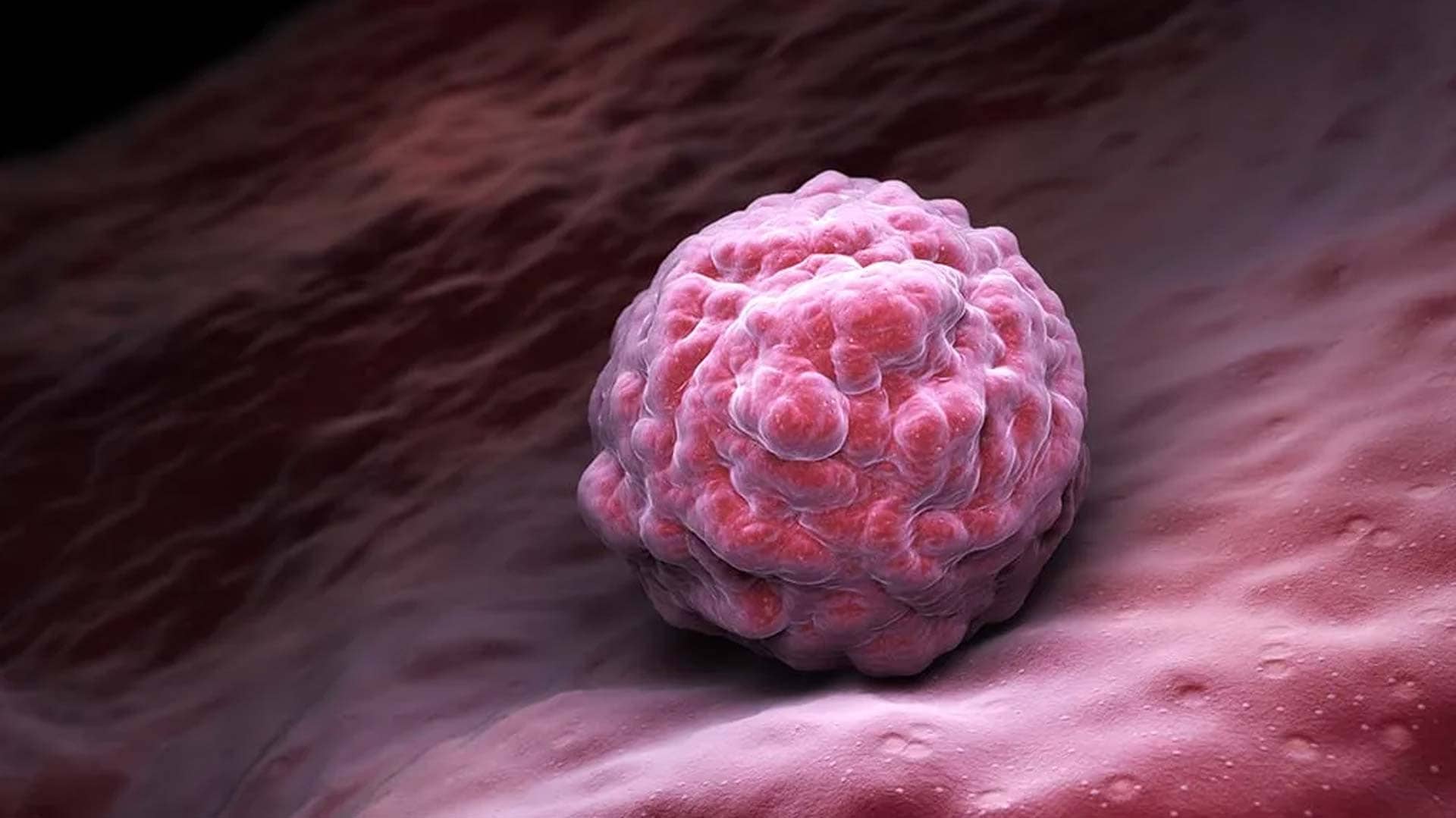Blastocyst Culture
Blastocyst culture represents a significant advancement in fertility treatment that helps embryologists select the strongest embryos for IVF procedures. This specialised laboratory technique allows embryos to develop for five to six days after fertilisation, reaching a crucial developmental milestone. The extended culture period enables doctors to identify embryos with the highest probability of successful implantation.Blastocyst culture is preferred in IVF for several key reasons:
- Mimics Natural Cycle: It aligns with the natural implantation timeline (day 5 post-fertilisation).
- Higher Implantation Rates: The higher implantation rates are due to:
- Natural selection of viable embryos
- Better embryo-uterine synchrony
- Full activation of embryo’s genome
- Reduced Multiple Pregnancy Risk: Fewer embryos needed for transfer.
- Improved Genetic Testing: More cells available for biopsy.
The blastocyst culture process begins immediately after egg retrieval and fertilisation, whether through conventional IVF or ICSI (Intracytoplasmic Sperm Injection). The fertilised eggs are placed in an incubator that precisely mimics the conditions of the human body. During this time, embryologists carefully monitor the developing embryos using sophisticated microscopes to assess their quality and growth progress.
Blastocyst culture has revolutionised IVF treatment by enabling embryologists to isolate the most viable embryos for transfer. The advantages of this approach are particularly notable for patients with multiple embryos available for transfer. By empowering embryos to develop to the blastocyst stage, fertility specialists can make better decisions about which embryos have the highest odds of successful implantation.
Stages of blastocyst development in blastocyst culture
The journey from fertilised egg to blastocyst follows a precise timeline:
- Day 0: Egg retrieval and fertilisation
- Day 1: Pronuclear stage – confirmation of successful fertilisation
- Day 2: Development of two to four cells
- Day 3: Progress to eight cells
- Day 4: Formation of morula stage
- Day 5-6: Development of blastocyst with distinct cell types
By day 5, the successful embryos develop into blastocysts with two distinct cell types- the trophectoderm (outer layer that becomes the placenta) and the inner cell mass (develops into the foetus). A fluid-filled cavity called the blastocoel forms, creating the characteristic hollow ball structure.
Benefits of Blastocyst Culture
The advanced technique of blastocyst culture has revolutionised fertility treatment outcomes, offering multiple advantages that significantly improve the chances of successful pregnancy. Recent studies have demonstrated remarkable success rates, making it an increasingly popular choice for couples pursuing IVF treatment.
Improved Embryo Selection
The extended culture period enables embryologists to make more informed decisions about embryo quality. The selection process benefits from the following:
- Continuous observation of embryo development patterns
- Assessment of crucial growth milestones
- Identification of optimal timing for key developmental stages
- Detection of any abnormal cleavage patterns
Higher Implantation Rates
Blastocyst culture demonstrates significantly higher implantation potential compared to traditional embryo transfer methods. Studies show that blastocysts can achieve implantation rates of up to 60% per transfer, marking a substantial improvement over earlier-stage embryo transfers. Key success indicators include:
- Clinical pregnancy rates showing significant improvement with time-lapse monitoring
- Enhanced implantation success in both fresh and frozen embryo transfers
- Improved outcomes for patients with previous unsuccessful IVF attempts
Reduced Risk of Multiple Pregnancies
The technique has shown remarkable results in reducing multiple pregnancy rates:
- Single blastocyst transfers achieve pregnancy rates comparable to numerous embryo transfers
- Twin pregnancy rates reduced to approximately 2% with single transfers
- Maintained high success rates while minimising health risks associated with multiple pregnancies
- Improved overall safety for both mother and baby
Improved Selection for Genetic Testing
For patients undergoing preimplantation genetic testing, blastocyst culture provides more cells for biopsy, potentially yielding more accurate results.
Blastocyst Culture Process
The Success of blastocyst culture relies heavily on state-of-the-art laboratory facilities and the expertise of skilled embryologists who carefully monitor each stage of development. Modern IVF laboratories employ advanced technologies and precise protocols to ensure optimal conditions for embryo growth.
Laboratory Conditions
The laboratory environment for blastocyst culture demands exceptional precision and control. Embryologists maintain strict protocols to create conditions that closely mirror the natural environment of the female reproductive system. The culture system requires:
- Temperature maintained at precisely 37 degrees Celsius
- Specialised culture media providing essential nutrients
- Precise pH levels and gas composition
- Controlled humidity and pressure
- Sterile conditions with filtered air
- Double-witness verification system for accuracy
Monitoring Embryo Development
The continuous monitoring of embryo development allows embryologists to observe crucial developmental milestones and identify potential issues early.The development track follows a precise timeline, with embryologists assessing various parameters:
- Cell division timing and symmetry
- Fragmentation patterns
- Compaction process
- Cavity formation
- Cell differentiation
Selecting the Best Embryos
The selection of viable blastocysts involves a comprehensive grading system that evaluates multiple characteristics. Embryologists assess three key components- expansion level, inner cell mass quality, and trophectoderm quality. The grading system typically ranges from 1-6 for expansion and A-D for cell quality.Quality Assessment Parameters:
| Component | Grade Range | Significance |
|---|---|---|
| Expansion | 1-6 | Indicates development stage |
| Inner Cell Mass | A-D | Future foetal development |
| Trophectoderm | A-D | Placental formation potential |
The highest quality blastocysts typically receive grades such as 4AA or 5AA, indicating optimal expansion and excellent cell quality. However, embryologists consider multiple factors beyond grading when selecting embryos for transfer, including:
- Development timing
- Morphological features
- Cell organisation
- Hatching status
- Overall growth pattern
Who Should Consider Blastocyst Culture?
Understanding who benefits most from this specialised technique helps patients and doctors make informed decisions about their fertility journey.
Patients with Multiple Failed IVF Attempts
Patients who have experienced two or more unsuccessful IVF cycles often find renewed hope with blastocyst culture. Key benefits for patients with previous failures:
- More comprehensive embryo assessment
- Better understanding of embryo viability
- Enhanced selection criteria
- Improved implantation rates
Those Seeking to Reduce Multiple Pregnancies with Elective Single Embryo Transfer / eSET
Blastocyst culture offers an excellent solution for patients who wish to minimise the risk of multiple pregnancies while maintaining high success rates. The technique enables the transfer of fewer embryos without compromising pregnancy chances.
Elective Single Embryo Transfer (eSET) is a procedure that complements blastocyst culture, where only one high-quality blastocyst is transferred. This approach significantly reduces the likelihood of multiple pregnancies while maintaining comparable success rates to multiple embryo transfers, especially in younger patients with good prognosis.
Success Rates Comparison:
| Transfer Type | Pregnancy Rate | Multiple Pregnancy Risk |
|---|---|---|
| Single Blastocyst | 40-60% | 2% (identical twins) |
| Double Blastocyst | 75% | 38% twins, 2% triplets |
Candidates for Genetic Testing
Blastocyst culture proves especially valuable for patients requiring genetic testing of their embryos. The technique provides several advantages for those seeking genetic screening:Genetic testing candidates typically include:
- Couples with chromosomal abnormalities
- Previous child with chromosomal abnormalities
- Women over 35 years of age
- Those with recurring miscarriages
- Patients with inherited genetic conditions
Selection Criteria Considerations:
At Ferty9, we prioritise patient success and well-being by exclusively performing blastocyst transfers in all our IVF cycles. It helps reduce the emotional toll associated with failed IVF cycles.
Laboratory Requirements:
Success with blastocyst culture heavily depends on the laboratory’s expertise and facilities. Centres offering this service must maintain:
- Advanced culture media systems
- Precise temperature control
- Specialised monitoring equipment
- Experienced embryology team
- Quality control protocols
At Ferty9, we take pride in our cutting-edge IVF laboratory facilities, designed to provide the optimal environment for embryo development:
- Class 1000 IVF Lab: Our laboratory maintains a Class 1000 clean room environment, ensuring minimal contamination. This high-grade setting provides a safe and sterile atmosphere for embryo culture and handling, significantly reducing the risk of external factors affecting embryo quality.
- K-System Incubators: We utilize advanced K-System incubators, renowned for their precision in maintaining stable conditions. These state-of-the-art incubators offer:
- Accurate temperature control
- Optimal humidity levels
- Precise gas concentration management
By closely mimicking the conditions within the human body, K-System incubators create an ideal microenvironment for embryo growth and development.
Summary
The impact of blastocyst culture extends beyond technical success rates, offering hope to various patient groups seeking fertility treatment. Couples with previous unsuccessful attempts, those requiring genetic testing, and patients concerned about multiple pregnancies now have access to this proven method. The technique’s ability to provide detailed embryo assessment while maintaining high success rates marks a significant step forward in fertility treatment, giving more families the chance to achieve their dreams of parenthood.
HAVE MORE QUERIES ABOUT BLASTOCYST CULTURE AND ITS TREATMENTS? ASK OUR EXPERTS
Contact UsFAQ's








